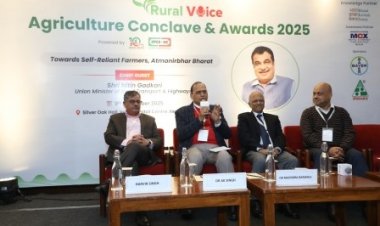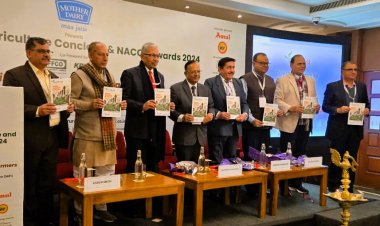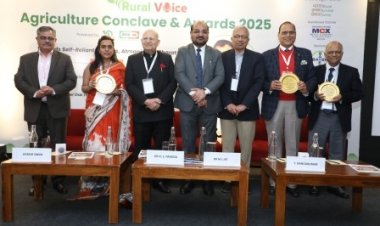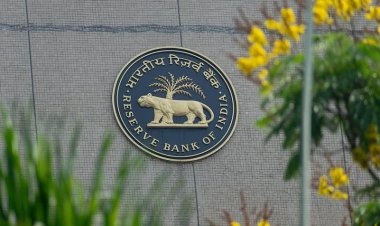GM cotton Bollgard II Roundup Ready Flex (BG-II RRF) set to get GEAC approval
Several organizations have reacted bitterly against genetically modified (GM) crops since the Genetic Engineering Appraisal Committee (GEAC) recommendations for the environmental release of GM mustard DMH-11 were made public on October 26. Agricultural scientists are quite excited about this GEAC move. Meanwhile, there is an increasing possibility that Bollgard II Roundup Ready Flex (BG-II RRF), the herbicide-tolerant (HT) variety of cotton, may get approval in the next GEAC meeting. This variety is also known as HTBt cotton.
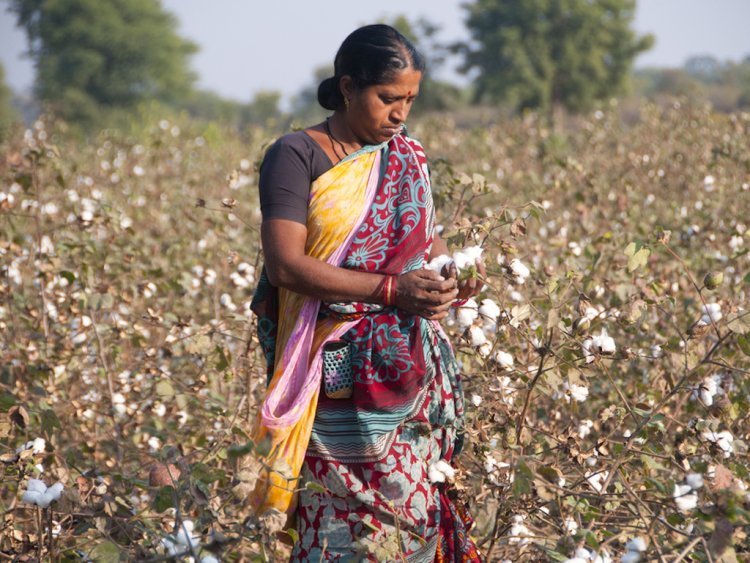
Several organizations have reacted bitterly against genetically modified (GM) crops since the Genetic Engineering Appraisal Committee (GEAC) recommendations for the environmental release of GM mustard DMH-11 were made public on October 26. Agricultural scientists are quite excited about this GEAC move. Meanwhile, there is an increasing possibility that Bollgard II Roundup Ready Flex (BG-II RRF), the herbicide-tolerant (HT) variety of cotton, may get approval in the next GEAC meeting. This variety is also known as HTBt cotton.
Farmers can spray the herbicide glyphosate on the crop of this cotton variety due to the unique character of the gene in it. According to sources, the GEAC-appointed sub-committee had given the final shape to its review report last week. However, it cannot be said at present if this review report was also discussed in the meeting held on 18 October 2022 in which GEAC granted approval to GM mustard DMH-11.
It is to be noted that Rural Voice had done a detailed report on October 17 regarding the possibility that approval would be granted to GM mustard and HTBt cotton soon. The very next day, on October 18, the environmental release of GM mustard was recommended in the GEAC meeting. The GEAC decision came forth through the GEAC recommendations made public on October 26.
What is special about the new cotton variety?
GM mustard BG-II RRF contains three alien genes. The first two — cry1Ac and cry2Ab — have been isolated from a soil bacterium, Bacillus thuringiensis or Bt, and coding for proteins toxic to the American bollworm, spotted bollworm and tobacco caterpillar insect pests. The third gene — cp4-epsps — is sourced from another soil bacterium, Agrobacterium tumafaciens. Its incorporation into cotton makes the crop “tolerant” to glyphosate. This herbicide cannot be applied on normal cotton as the chemical does not distinguish between the cotton plant and weeds.
The GEAC, in a meeting on July 27, had constituted an expert sub-committee under Department of Biotechnology (DBT) scientist Sanjay Kumar Mishra with regard to the application for the approval of BG-II RRF. The sub-committee was to conduct a detailed review of the application by Mahyco Pvt. Ltd, Mumbai, the licensee for the BG-II RRF technology in India.
The members of the expert sub-committee included the Director of the Indian Agricultural Research Institute (IARI) Dr AK Singh, Assistant Director General (Seeds) of the Indian Council of Agricultural Research (ICAR) Dr DK Yadava, former head of IARI’s Division of Microbiology Dr K Annapurna, Head of the All-India Coordinated Research Project on Cotton AH Prakash, DBT scientist Nitin K Jain and Environment Ministry scientist Abhilasha Singh Mathuriya.
The expert panel constituted by the GEAC for GM mustard submitted its report on October 8. Ten days after the report was submitted, the environmental release of GM mustard DMH-11 was recommended in the GEAC meeting held on October 18.
Rural Voice had mentioned in its October 17 report, too, that the opinion of the sub-committee was in favour of approval to HTBt cotton. According to sources, the sub-committee has completed its review of BG-II RRF a few days ago. So, the GEAC will consider the report of the sub-committee in its next meeting.
BG-II RRF cotton had already undergone biosafety research and field trials by 2012-13. Its original developer, Monsanto, submitted all this information to the GEAC in March 2013. However, in view of the prevailing circumstances, the company withdrew its application seeking the environmental release of HTBt cotton. Later, in 2018, the American company Monsanto was acquired by the German cropscience company Bayer, following which the latter, through Mahyco, resubmitted its application to the GEAC early this year.
A senior ICAR scientist said, “The atmosphere has changed considerably in the last 7-8 months. There is more appreciation of the need to create an atmosphere to promote agricultural research and allow new products to boost crop yields.” It is due to this that GEAC has granted approval for the environmental release of GM mustard. There is ample possibility that GEAC may soon recommend the commercial release of HTBt cotton. The commercial release of Bt cotton, the first GM crop of the country, had been approved in 2002. The Atal Bihari Vajpayee-led NDA government of BJP and its allies was then in power at the Centre.
GM crops have been a subject of controversy at the national and global levels. Given this, if the government approves HTBt cotton, too, after GM mustard, it will be a major change in its stance. A senior agricultural scientist says, “HTBt cotton is already being produced in the country on a large scale illegally. It will be pragmatic in such a scenario to approve this variety in the farmers’ interests.”



 Join the RuralVoice whatsapp group
Join the RuralVoice whatsapp group




















